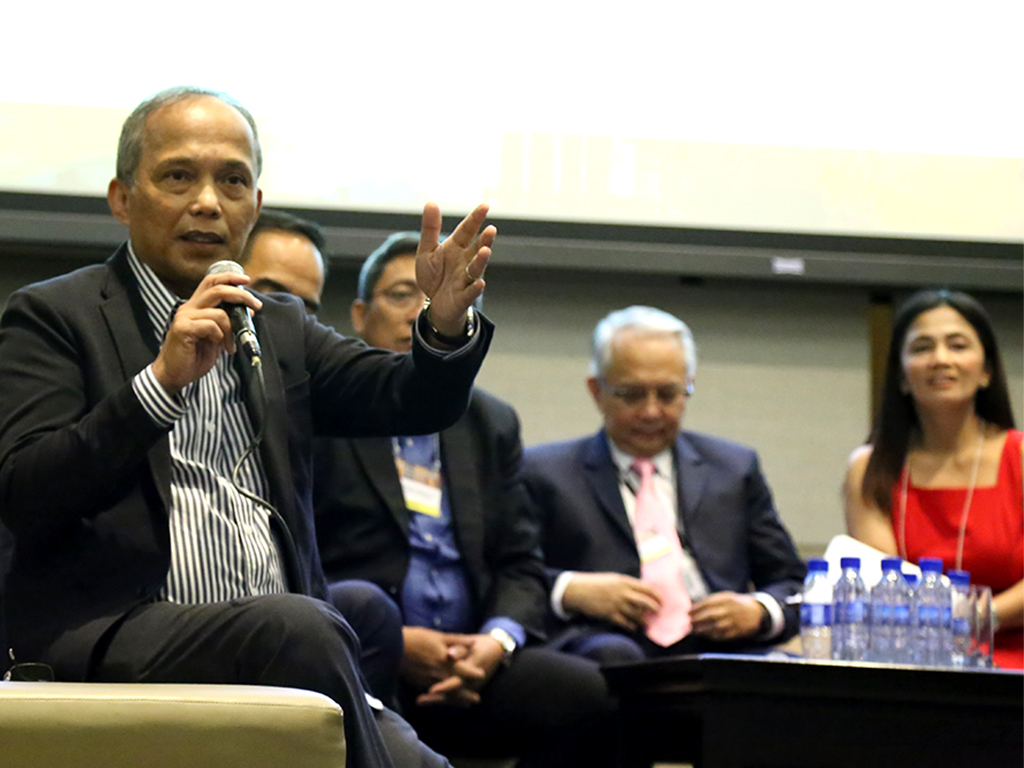DOE: Competitive energy mix policy to spur growth as it will reduce power costs
- December 12, 2016
- 1

“The energy mix policy that we should have is based on the need of the system but not on technology, because it’s like you are putting a cap on what technology shall meet those needs,” DoE Secretary Alfonso G. Cusi said.
Cusi was referring to the policy of the previous government where 70 percent of the country’s main energy requirements, called the baseload capacity, should come from specific sources – a maximum of 30 percent from coal, 30 percent from natural gas, 30 percent from renewables and 10 percent from other sources, such as diesel-fired plants.
“Why do we need to put a cap and a quota? That could mean even if you are expensive, I will give that share to you in the mix. I don’t think that will be a prudent step,” he said.
The DOE chief said putting a quota is equal to halting a competitive form of technology to give way to another type, which is not possible for the Philippines which is still trying to secure sufficient energy supply.
Cusi also said better competition for baseload requirements is in line with President Rodrigo Duterte’s vision to expand the country’s manufacturing base to meet goals of inclusive growth expected to have a trickle-down effect on Filipinos.
“We want an energy mix where there will be competition,” Cusi said. “So coal, gas, geothermal, hydro or nuclear can compete in that 70% baseload.”
He said the other 20 percent of the mix can come from mid-merit plants, such as natural gas, and the 10 percent can be from oil-based capacity and renewable energy sources like solar and wind.
The country’s electricity demand will reach 30, 189 megawatts (MW) by 2030. The dependable capacity is currently at 17,925 MW with 6, 178 MW expected to come from committed projects. 6, 086 MW more is needed.
Some 5,013.85-megawatts (MW) of additional capacity will come from the private sector, which committed 49 power projects over the next four years.
Around 68 percent or 3,398 MW of these will come from 12 coal-fired power plants, according to DOE data. Photo from the Department of Energy website